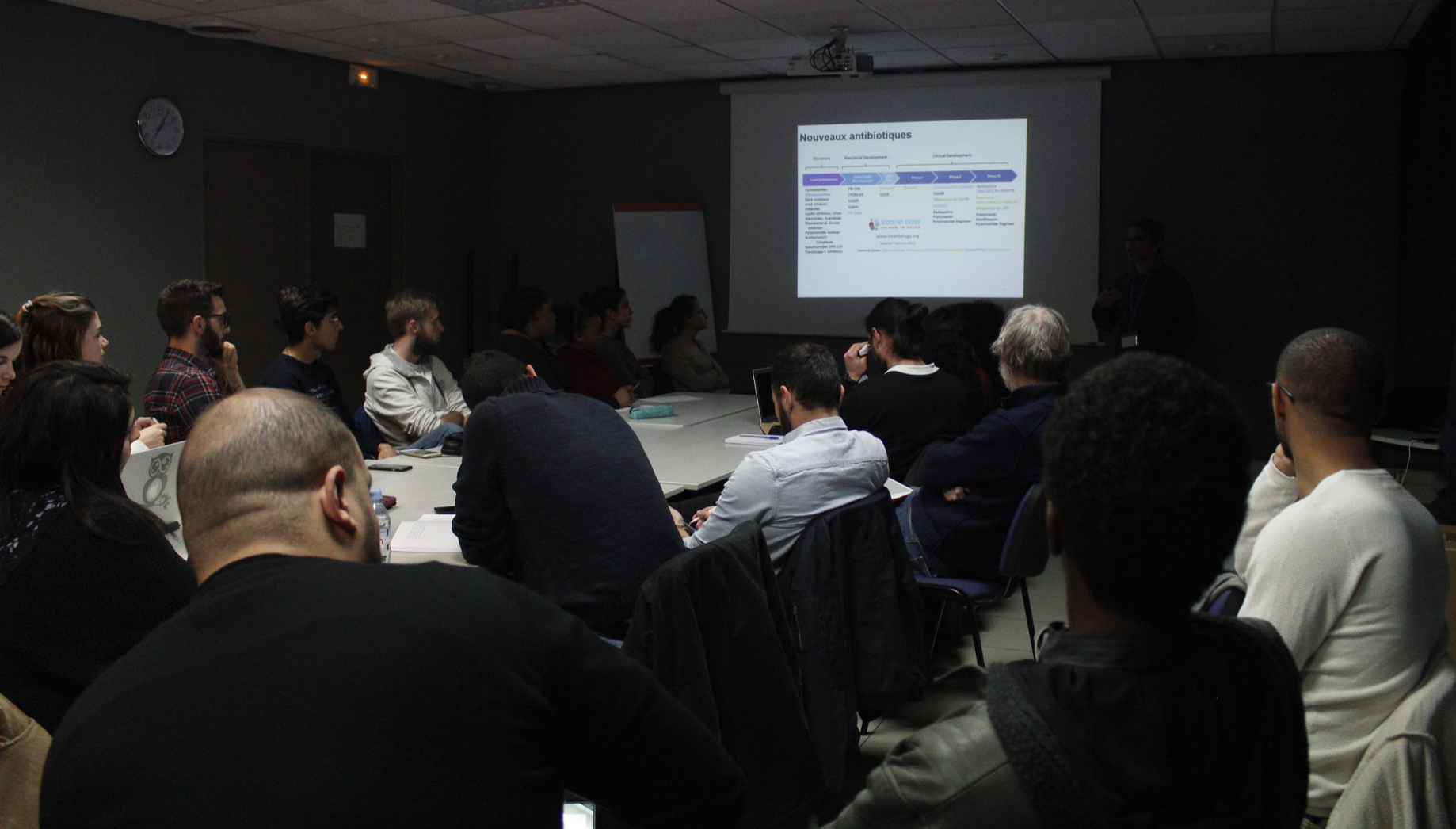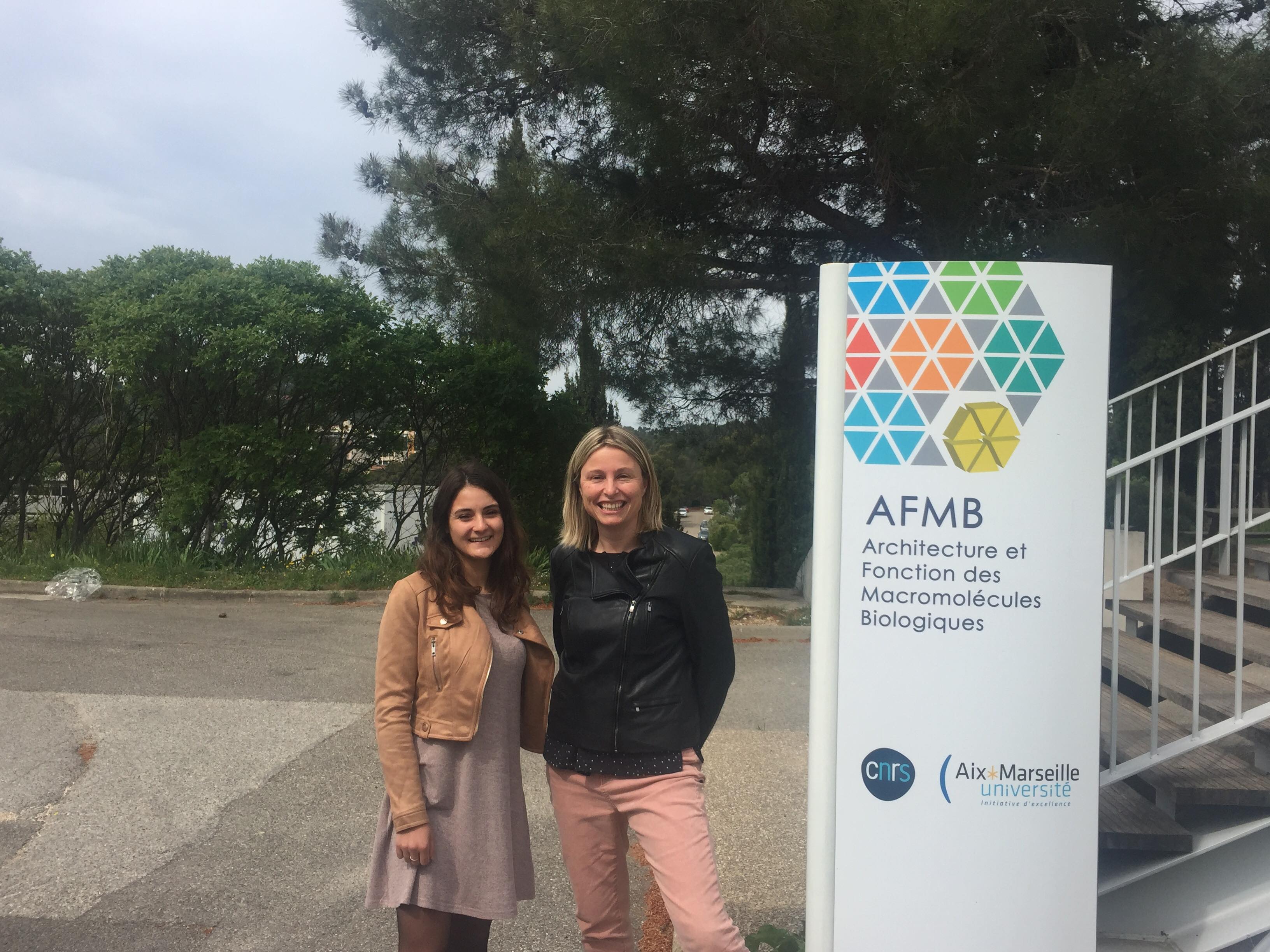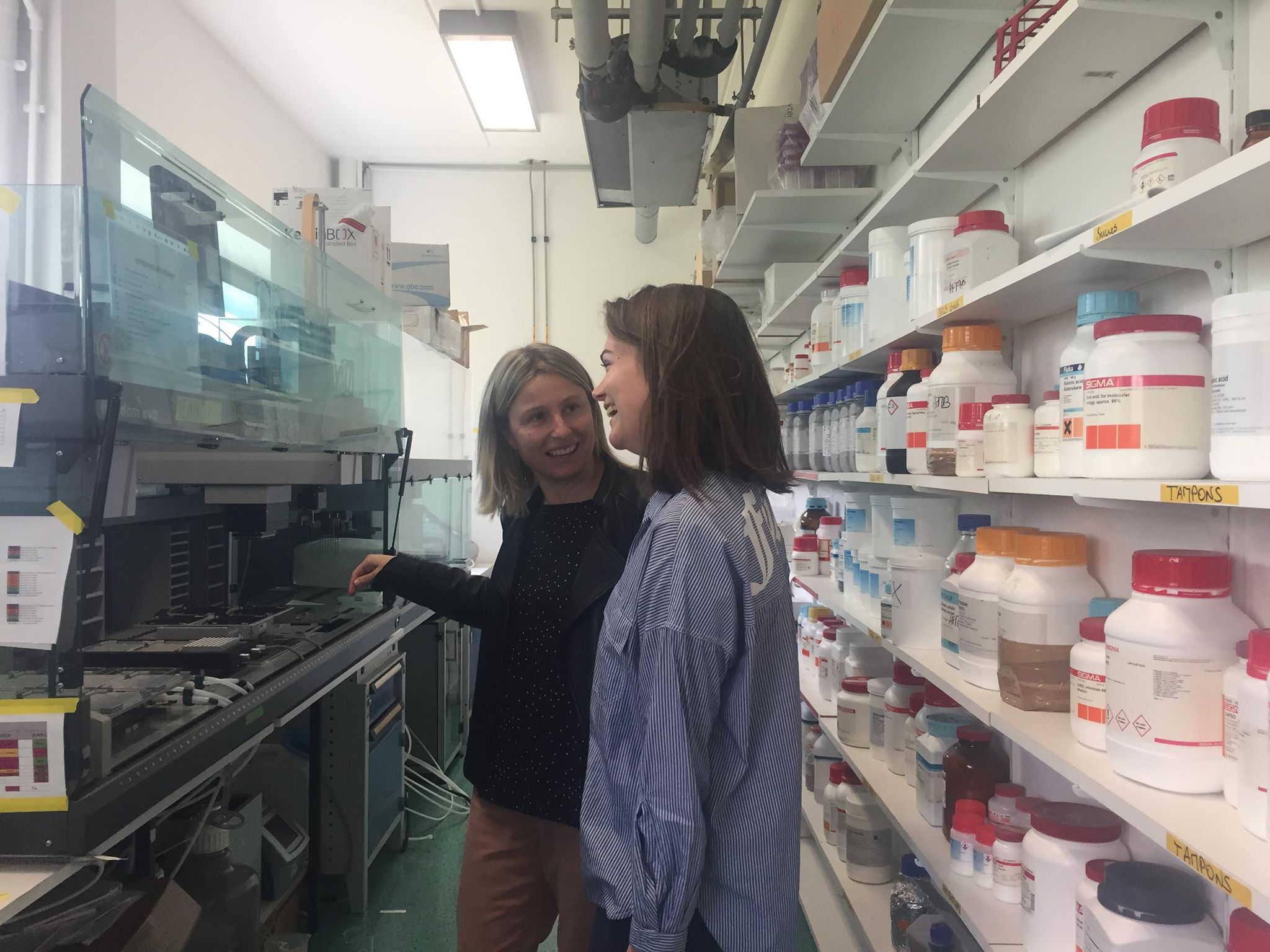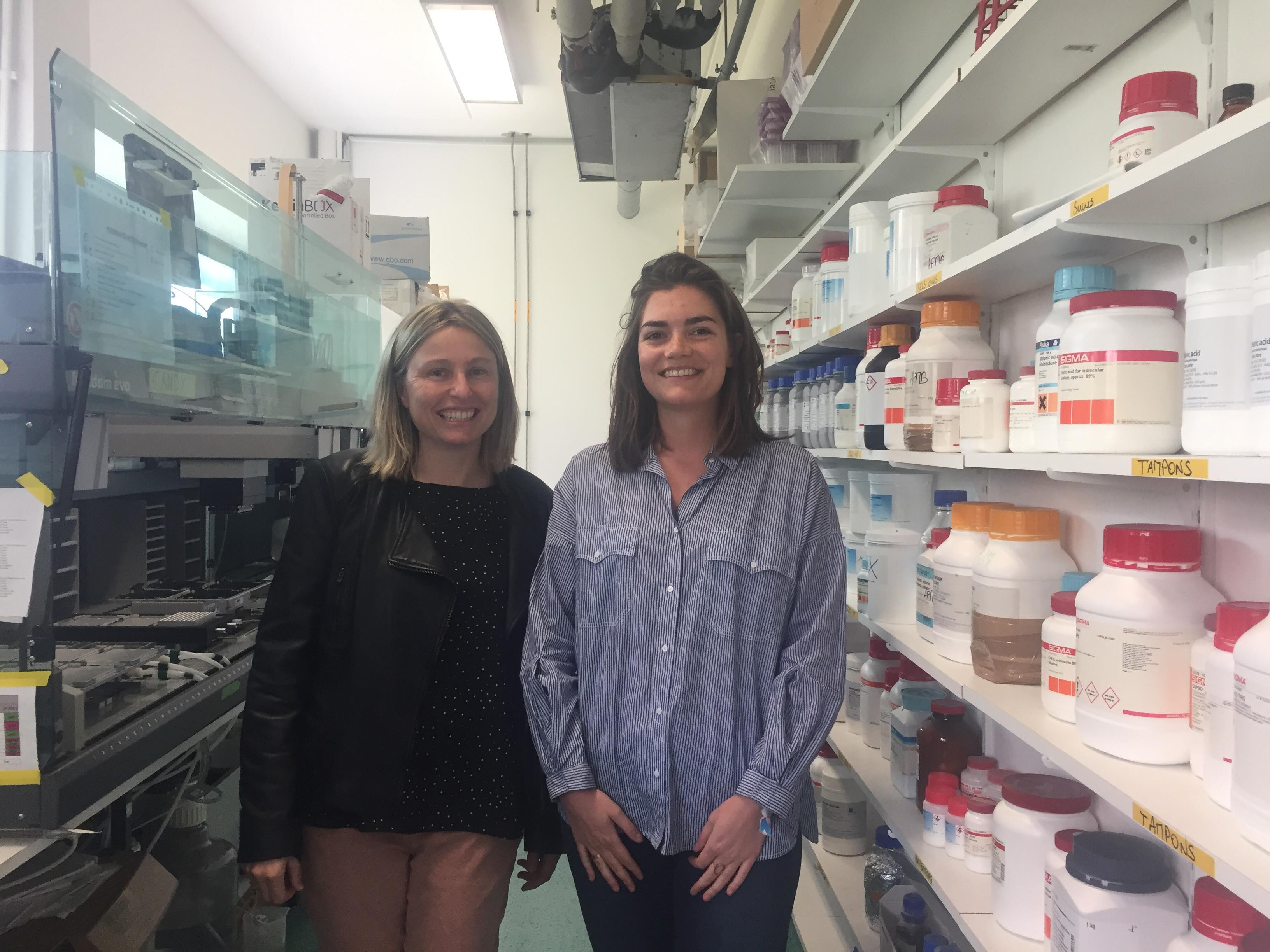Dr CANAAN is the leader of the Lipolysis and Bacterial Pathogenesis team housed by the LISM (Laboratoire d'Ingénierie des Systèmes Macromoléculaires). The team mainly works on characterizing the lipolytic enzymes involved in M. tuberculosis lipids metabolism.
He was one of the first experts we got in touch with. We invited him for a talk. The goal was to exchange ideas that would help us shape the project. He gave us an overview about the TB disease, its current treatments and the available diagnosis procedures and what aspects to improve.
Dr CANAAN was a true mentor throughout our project. He gave us precious advice such as making the diagnosis procedure accessible to a wide range of users, a feature that current procedures are in need of.
Along these lines, we were able to apply most of the suggested ideas to our design that would potentially result in an efficient, cheap and accessible TB diagnosis procedure.

 Courtesy of the Lipolysis and Bacterial Pathogenesis team website
Courtesy of the Lipolysis and Bacterial Pathogenesis team website
Dr IMBERT is an associate professor at Aix-Marseille University and works with the Host-pathogens interactions team at the AFMB (Architecture et Fonction des Macromolécules Biologiques) laboratory. The team mainly works on bacteriophages infecting, Lactococcus lactis, bacterial secretion systems of type VI and type IX and the immune innate response of Drosophila after microbial or viral infection.
We called for a meeting with Dr IMBERT. The goal was to exchange around the project design as well as the factors to take into consideration when developing the procedure. The main idea was to create a fast and efficient procedure. She suggested that we implement a procedure that uses strips and antibodies from canids. It would make the detection and visualization M. tuberculosis much easier. If antibody-based detection seemed expensive and time consuming, she suggested that we implement a procedure based on DNA-Protein interaction.
The exchange took an interesting turn as she was showing us some of her previous projects. She worked on creating diagnostics procedures using the strips design for other infectious diseases. Then, we talked about potential collaboration opportunities with the AFMB laboratory. She suggested that we use the premises to produce and purify antibodies. However, we chose to work with chromoproteins. This was due to two main reasons: limited time (as the production of antibodies is time consuming) and available equipement at our laboratory.
Hence, the exchange was one the main pillars of the project design that now uses a bacterial DNA recognition strips test, based on DNA-Protein interaction.





